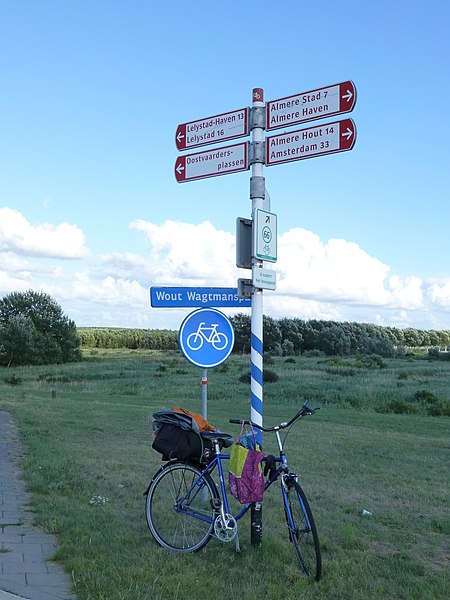- The Xiashen (Xiamen-Shenzhen) High-Speed Railway, which completes the high-speed corridor along the country's southeastern coast (Shanghai-Hangzhou-Ningbo-Wenzhou-Fuzhou-Xiamen-Shenzhen-Guangzhou). One probably will see the introduction of direct Shanghai-Guangzhou high-speed service (although, actually, it could have been introduced several years ago, via Shanghai.
- The Yuli (Chongqing-Lichuan) High-Speed Railway completes the first east-west high-speed mainline, Changdu-Chongqing-Lichuan-Yichang-Wuhan-Hefei-Nanjing-Shanghai. However, news reports say that the Lichuan-Yichang section (which opened a few years ago) won't have high-speed train (D or G type) yet, just regular passenger trains. Supposedly, some signalling issues etc need to be taken care of first. So the long-standing promise of a day train from Shanghai to Chongqing will have to wait a while yet.
- The Xi'an-Baoji high-speed line. Baoji itself is not a major destination; this project is merely a step extending the western terminal of another east-west high-speed mainline (now from Baoji to Xi'an to Zhengzhou), which eventually will be extended in the west to Lanzhou, and into Qinghai and Xinjiang.
- High-speed (D and some G) trains will start running on an upgraded rail line into Guangxi: from Hengyang (on the Beijing-Wuhan-Guangzhou mainline) to Guilin, Nanning, and Beihai.
- Direct high-speed service starts between several existing high-speed railways. For example, direct high-speed service from the Northeastern China (Harbin, Dalian, etc) to Shanghai, Qingdao, and elsewhere on the nation's high-speed rail network is started. Elsewhere, direct service from Guangzhou to Qingdao opens.
- For "regular" passenger trains, somewhat symbolic is the extension of one of the overnight Urumqi-Yining trains all the way to Khorgos (Khorgas), near the border with Kazakhstan. On the Kazakh side, there is already an overnight train from Altynkol to Almaty. (So this is obviously not a "timed connection"). Incidentally, the track development in Khorgos looks pretty impressive for a place that only got its railway 3 years ago. Obviously, trade with Kazakhstan is a fairly major business...
Khorgos area - View Larger Map - The Wuhan-Xianning commuter railway, the first line of Wuhan's future commuter rail system opens. This is a specifically Chinese development. In most countries, commuter trains - like Metro-North and New Jersey Transit around New York City, elektrichka in Russia, or Cercanías in Spain share tracks with long-distance trains, often not without some detriment to both services. In China this is apparently considered impossible, due to the heavy load (especially freight) on the "regular" rail lines, and rather inconvenient track alignments on the new high-speed lines. So if Hubei wants to introduce service similar to New Jersey transit, with frequent and more or less conveniently located stops, it build a completely new system of tracks and stations. Except that, unlike New Jersey, commuter trains in Hubei will run at speeds up to 200 km/h...
- Ah, yes, there are also subway news. Wuhan opens Line 4 of its subway system, so now they will have three lines in total (Line 3 does not exist yet), connecting all three gigantic train stations of the city (Wuchang, Hankou, and Wuhan).
On another important east-west railline, Nanning-Guangzhou (Nanguang), the testing stage starts for the high-speed service. Revenue service is probably still a few months away.
(Based mostly on materials from http://news.huochepiao.com/ )


































